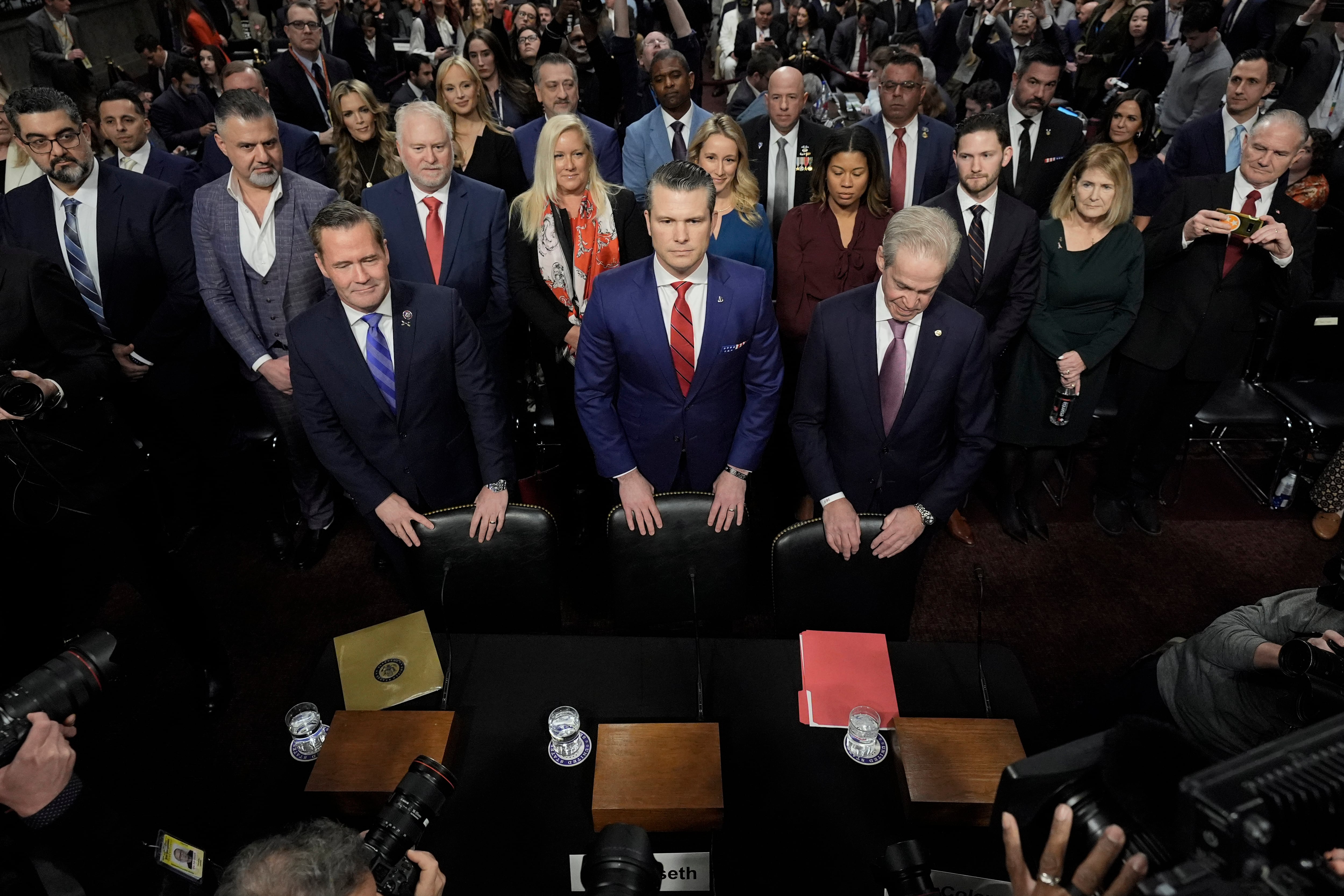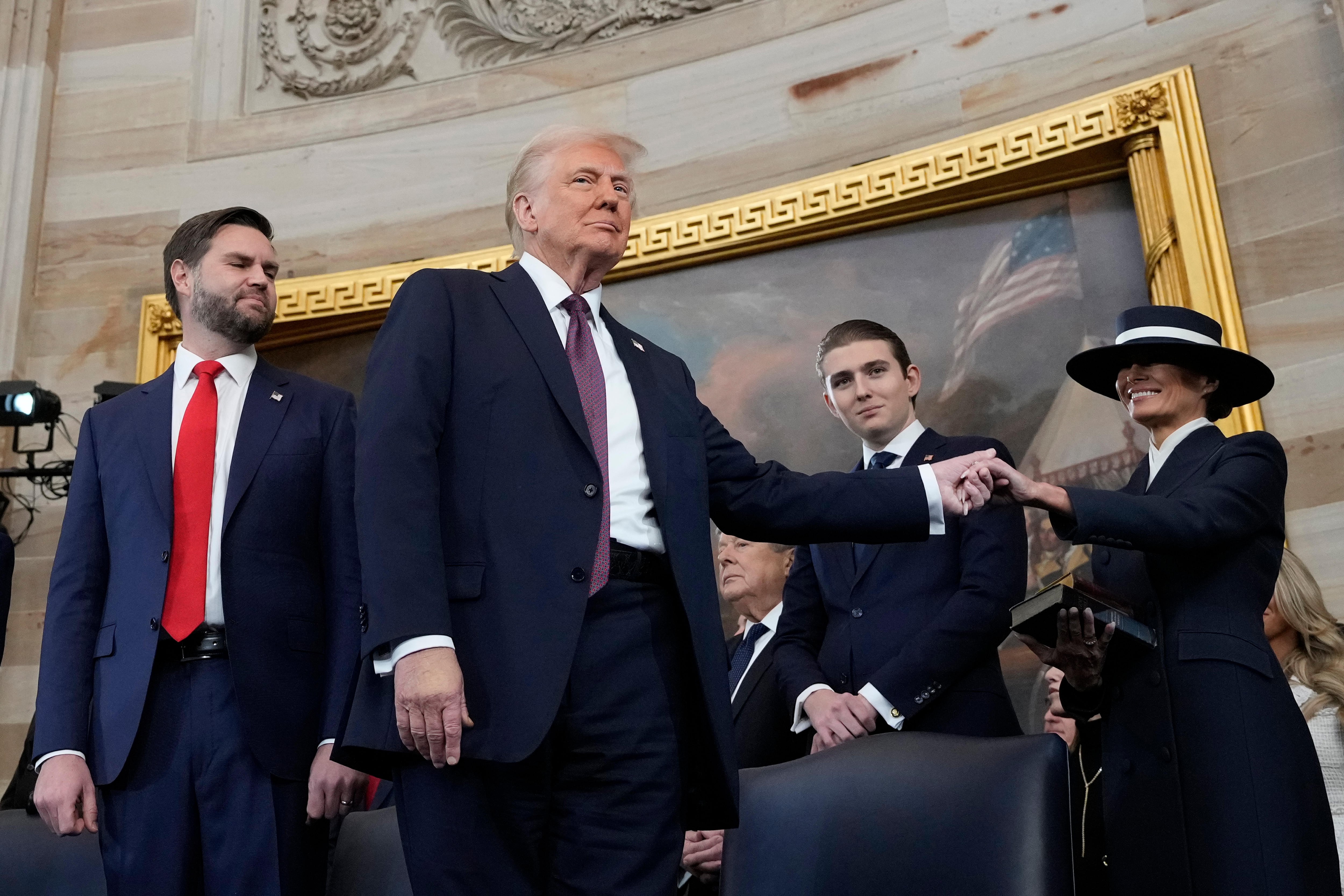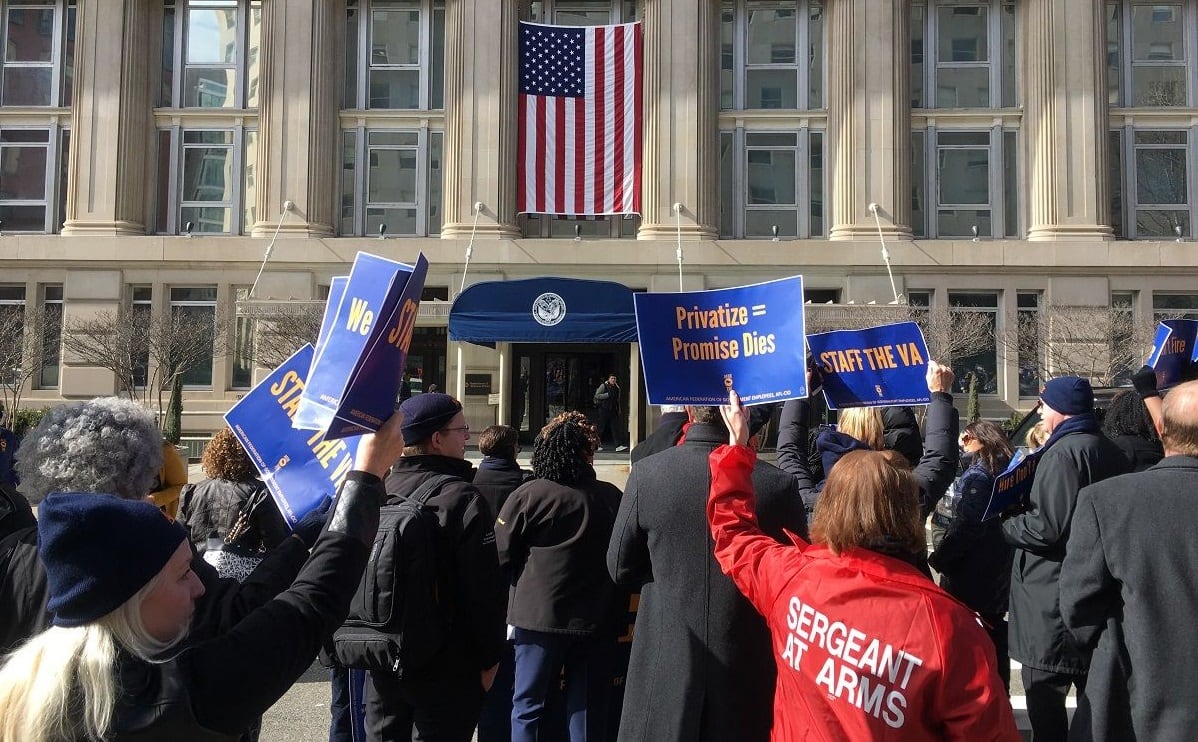BRUSSELS — Faced with an ever-more belligerent and unpredictable Russia, NATO allies are advancing with plans to deploy thousands of troops and military equipment to the Baltics and Poland.
In recent weeks alone, Russia has moved battleships toward the Mediterranean and Baltic Seas -- such as the aircraft carrier Admiral Kuznetsov pictured above -- shifted nuclear-capable missile-launchers into its Kaliningrad enclave neighboring Poland and continued flying bombers down the western European coast.
The plans to send troops and equipment into Estonia, Latvia, Lithuania and Poland were agreed by NATO leaders in July. But alliance defense ministers, ending two days of talks in Brussels on Thursday, have been fleshing out the contributions that will be stationed near Russia's borders.
"We are responding in a measured and responsible way because we are not seeking a new Cold War. We want to keep tensions as low as possible," NATO Secretary-General Jens Stoltenberg said Thursday.
A day earlier, Defense Secretary Ash Carter said that the U.S. will boost its presence in Europe with a brigade — usually some 1,500-3,000 troops — being deployed to Poland in February, among other contributions. The brigade will take part in military exercises there and send units from the force to Bulgaria, Romania and the Baltic States.
Britain is to send typhoon fighter jets to the Black Sea area, while a battalion of troops, tanks and light armor will deploy in Estonia in the spring, backed by French and Danish troops. Starting in February, Germany will send 400 to 600 soldiers and battle tanks to Lithuania.
Albania, Belgium, Canada, Croatia, France, Italy, Luxembourg, the Netherlands, Romania and Slovenia are also playing roles in what NATO has dubbed its Enhanced Forward Presence. The force is meant to reassure Estonia, Latvia, Lithuania and Poland that all 28 NATO allies will defend them in case of attack.
As Russian fighters have buzzed alliance planes and ships, and its troops have launched snap exercises — one such lot of unannounced war games was used as a pretext for troops to enter Ukraine, Stoltenberg said — little dialogue has taken place between Moscow and the world's biggest military alliance.
Their main forum for airing disagreements — the NATO-Russia Council — has met only twice this year. Indeed the allies do not seem to share a common vision of what Russia is trying to tell them or how to respond.
On Wednesday, Spain came under pressure for offering to resupply a flotilla of Russian warships suspected to be bound for the eastern Mediterranean to help ramp up Russian and Syrian regime airstrikes. Malta was thought to be another possible stopover, but it announced Thursday that the vessels could not resupply there either. Greece was thought to be another possibility.
"What we are observing is Russian military practice that diverges widely from NATO practice in scale, scope, content, purpose, and transparency," NATO's top military commander, U.S. General Curtis Scaparrotti, told the ministers.
"We need to be strategic and coherent in our approach to defending our citizens. Now is the time for the Alliance to remain strong," he said.





